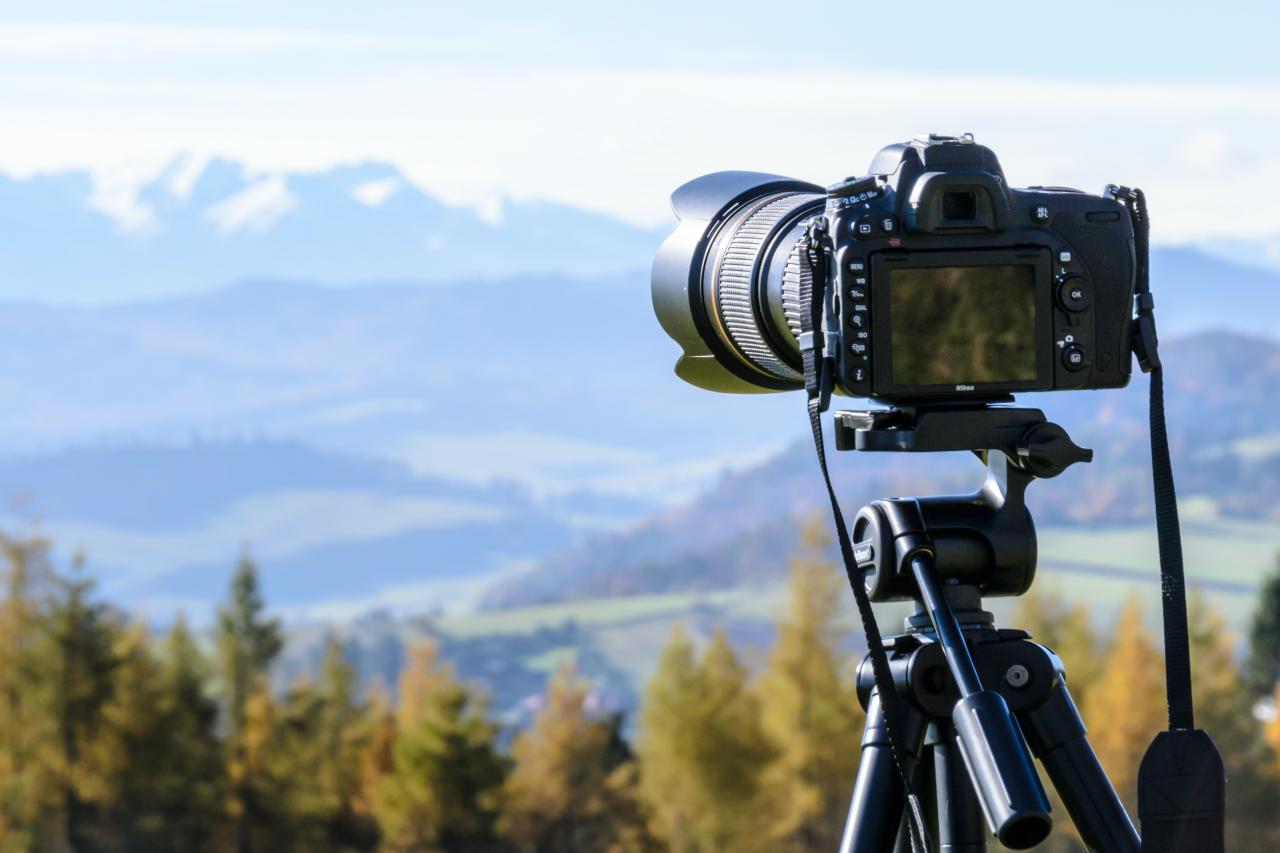[ad_1]
NORTHAMPTON, MA / ACCESSWIRE / July 12, 2023 / Wildlife Habitat Council
Originally published on wildlifehc.org
We’ve all heard the phrase “a picture is worth a thousand words.” Science has even backed up the powerful impact of imagery, with research showing that people tend to remember ideas presented in pictures better than in words.
Professionals who work in sustainability often find themselves needing to make the case for conservation. Whether that’s championing an effort like composting waste scraps from the campus cafeteria, securing funds to plant a pollinator garden on-site or informing community members about a local threatened species, convincing the stakeholders involved in these decisions requires using all the tools available – and that’s where conservation photography comes in.
Like all forms of photography, conservation photography tells a story, often about the beauty and majesty of nature as well as the factors that threaten species’ or ecosystems’ survival. When it comes to getting buy-in from key decisionmakers, educating students or just inspiring the general public, conservation photography is a powerful way to demonstrate the far-reaching impact of conservation work. This blog will explore how corporate conservation professionals (or anyone!) can use photography to support their conservation goals.
Bring wildlife close to home
Photography literally provides a close-up look at species or environments that people might not encounter otherwise. It can be easy to focus only on the animals or plants we see every day, which means it can also be easy to forget about those that exist half a world away. Conservation photography is a helpful reminder of the sheer diversity of life on earth. It also provides perspective, serving as a reminder that even the ecosystems and species found at one’s own workplace or in the backyard are just as valuable as those in exotic locales.
Tell a story
Like all artforms, conservation photography is storytelling at its core. Neuroscience confirms that stories impact the brain’s neurons, making them fire similarly to the person telling the story and creating a bond between the storyteller and the audience. This even leads to the release of dopamine, a feel-good chemical that helps people recall the story later. Using still images or video to illustrate the needs and experiences of a particular species reaches audiences on a visual, intellectual and emotional level.
Wildlife filmmaker and WHC Board member Chris Morgan is no stranger to the power of storytelling. Through his documentary projects like BEARTREK and Path of The Bear, Morgan’s own story and the stories of biologists and conservationists coincides with the bear species he is documenting. BEARTREK, for example, charts Morgan’s seven-year journey across three continents to understand the conservation efforts protecting species like the spectacled bear, polar bear and sun bear. By weaving human stories into the stories of rare species, conservation photographers and filmmakers build a strong bond with their audience.
Contribute to scientific research
Conservation photography provides visual data, especially when it comes to rare species. In addition to observing what a specific plant or animal looks like, photographers are incidentally also identifying its abundance, location, condition and behavior, which are all important data for understanding a population. Contributing to citizen or community science efforts allows anyone to be part of the study of a particular ecosystem or species. Amateur and professional photographers alike can submit photos and other data to initiatives like NestWatch, iNaturalist and other community science programs in order to contribute to the widespread understanding of a species.
Demonstrate a change over time
Nature is fluid, constantly evolving and adapting. Conservation photography illustrates both the harmful and beneficial changes that have occurred in an environment over time. Taking a photo of the same location at different times throughout the year – also called photo point monitoring – can show the effects of industrialization or habitat degradation; however, these repeat photographs can also showcase the positive effects of conservation efforts, from grassland restoration to the return of a species that had previously lost its habitat.
Get employees involved
One way to encourage conservation photography as well as employee engagement is through contests. Employee photography contests showcase the on-site biodiversity to a company’s entire employee base, explained Ann George, Senior Scientist at WHC member mining company Freeport-McMoRan (FCX), which has held an employee contest for over 10 years. “When people think of a mining company, they don’t think of wildlife,” George said, so a photography contest is a great way to educate employees and the broader community about how a company is managing and preserving biodiversity.
FCX develops a specific set of criteria for entries, including the exclusion of any invasive or ornamental species. The company’s biodiversity task force reviews the entries, of which they receive 400-500 each year, and the top choices are submitted to WHC’s annual calendar, printed and hung in the corporate office and showcased on computer lock screens across the company.
WHC member CEMEX also holds a photography contest for employees. “CEMEX’s ‘Nature Positive’ photo contest has helped us to connect with our employees around their positive experiences with nature on our sites, while demonstrating the important role that industry can play in halting and reversing biodiversity loss,” explained Jerae Carlson, Senior Vice President of Sustainability, Communications & Public Affairs at CEMEX USA. Not only does the contest raise awareness about on-site wildlife, but it also creates connections between coworkers. “Employees are often eager to share their positive experiences with nature and to see nature through the lens of their colleagues.”
For companies thinking about starting a photography contest, Carlson and George provided some tips. “Make it easy for everyone to participate,” said Carlson. CEMEX developed several submission options for employees, including a specific email address as well as a QR code that allowed employees without a company email to submit photos from their phones. Promoting the contest is also key: George recommended publicizing the contest thoroughly to employees and marketing it as an opportunity to hone photography skills while learning more about the company’s biodiversity projects.
You don’t have to be a professional photographer to have a positive impact on conservation with your photos. Armed with a smartphone, a keen sense of observation and a little bit of patience, anyone can capture moments in nature that support greater conservation goals.
View additional multimedia and more ESG storytelling from Wildlife Habitat Council on 3blmedia.com.
Contact Info:
Spokesperson: Wildlife Habitat Council
Website: https://www.3blmedia.com/profiles/wildlife-habitat-council
Email: [email protected]
SOURCE: Wildlife Habitat Council
View source version on accesswire.com:
https://www.accesswire.com/767403/A-Picture-Is-Worth-a-Thousand-Words-Supporting-Conservation-Through-Photography
[ad_2]
